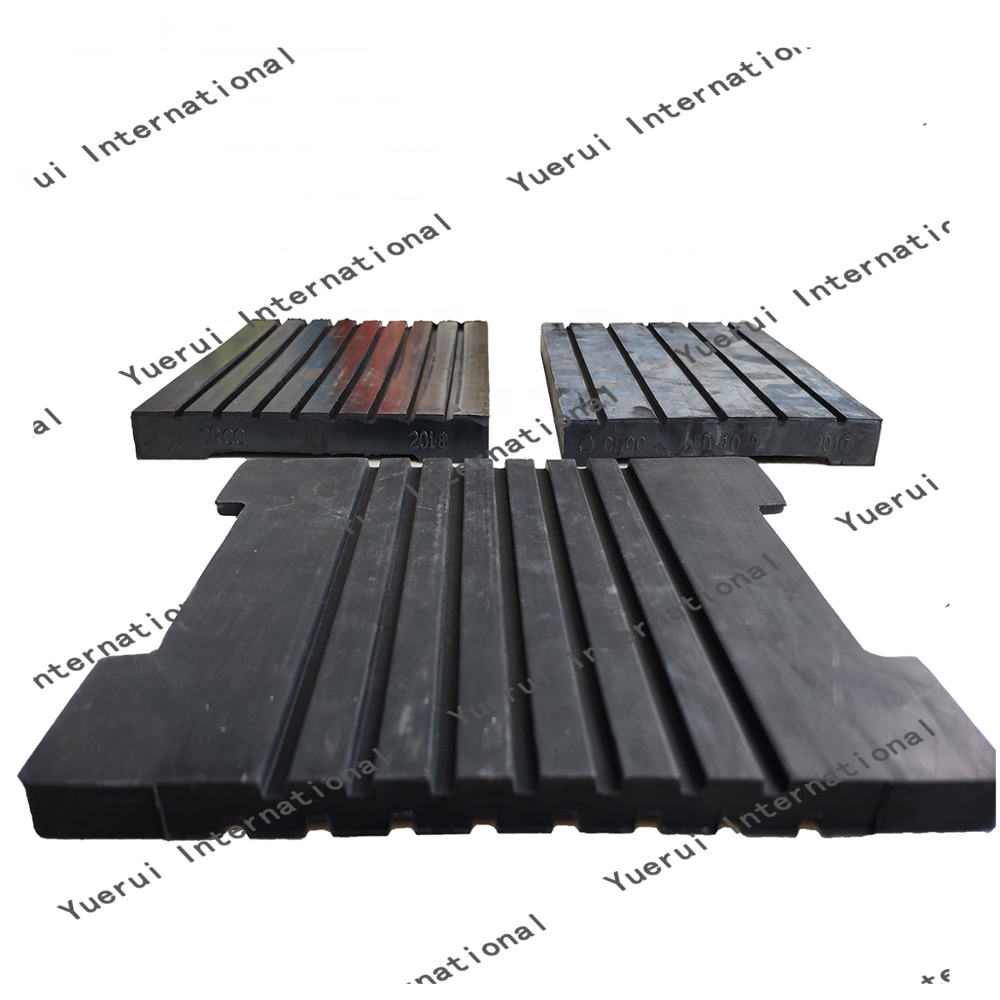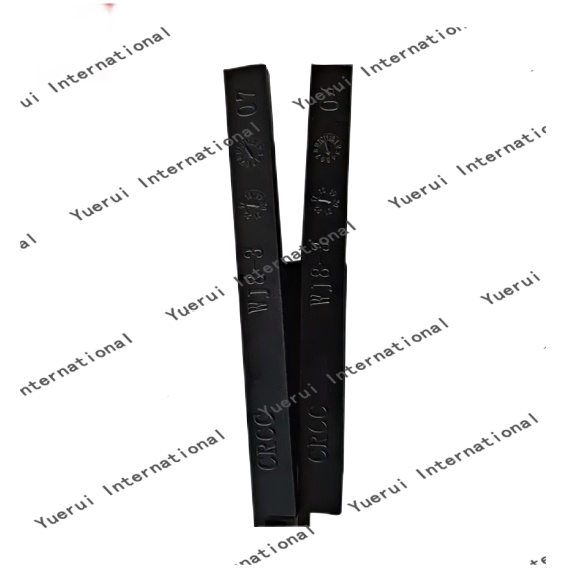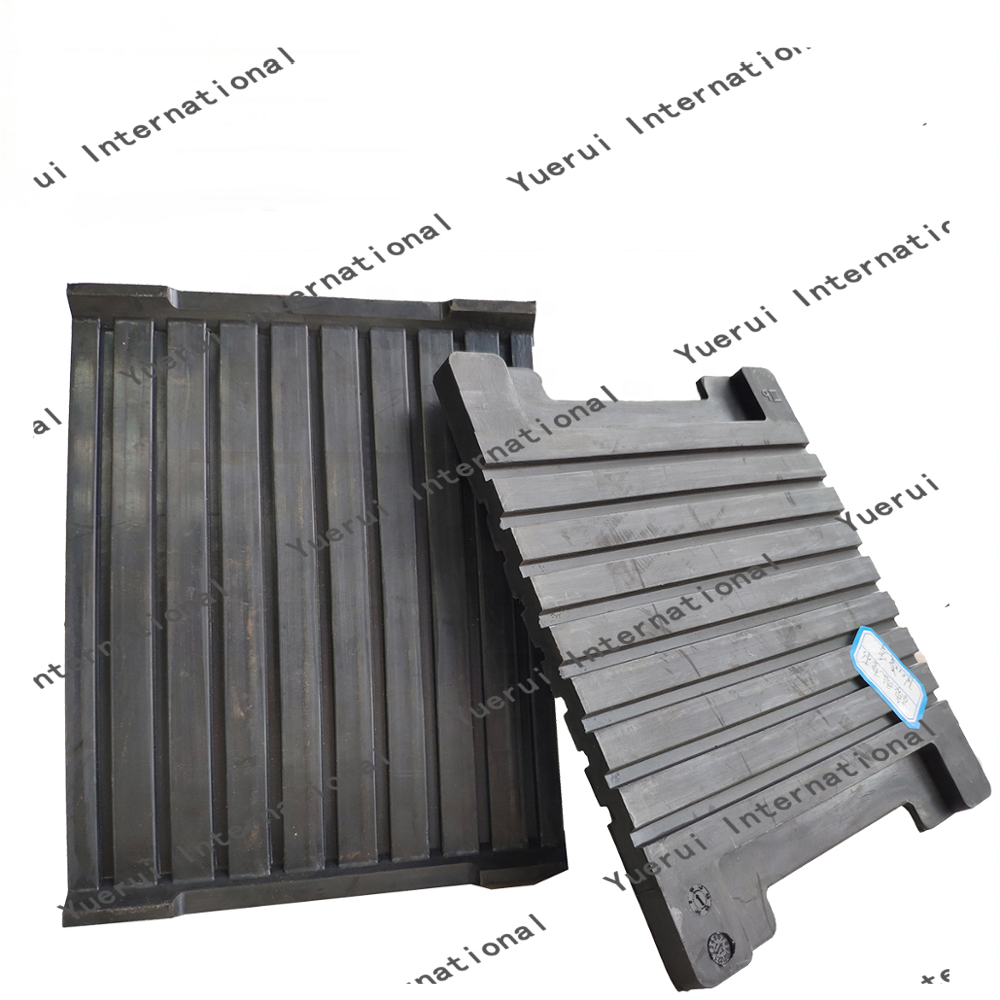rubber pad for air conditioner
A rubber pad for air conditioner is an essential component designed to provide stability, reduce vibration, and protect both the unit and mounting surface. This specialized cushioning device is engineered using high-quality rubber compounds that offer exceptional durability and resistance to environmental factors. The pad serves multiple crucial functions, including noise reduction by absorbing operational vibrations, prevention of surface damage by distributing the unit's weight evenly, and enhancement of overall system performance through proper elevation and alignment. The technology behind these pads incorporates advanced material science, featuring cross-linked polymer structures that maintain their physical properties across extreme temperature ranges and weather conditions. These pads are available in various sizes and thicknesses to accommodate different air conditioning units, from small residential systems to large commercial installations. The design typically includes textured surfaces for better grip and channels for water drainage, preventing moisture accumulation. Modern rubber pads also incorporate UV-resistant compounds to extend their lifespan when exposed to direct sunlight, making them ideal for outdoor applications. The installation process is straightforward, requiring minimal technical expertise while providing maximum protection for your air conditioning investment.


